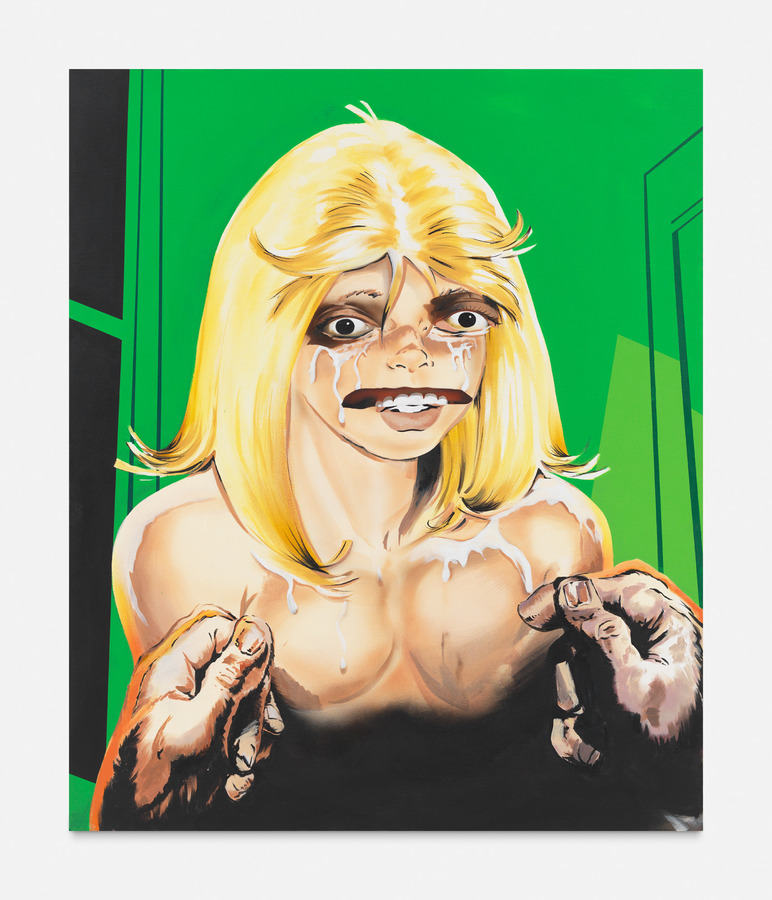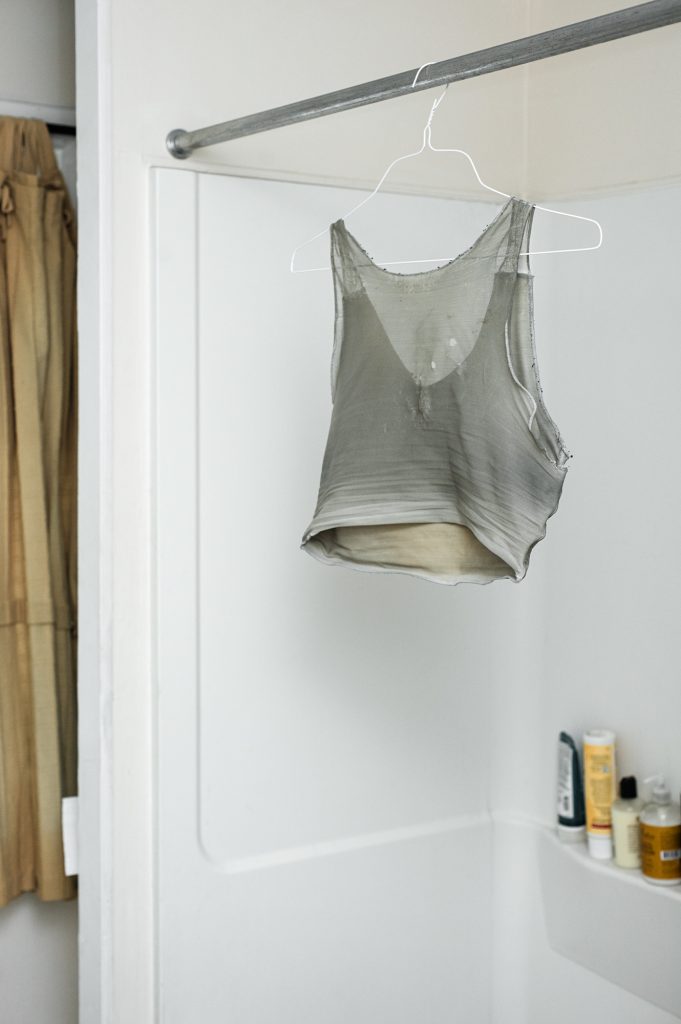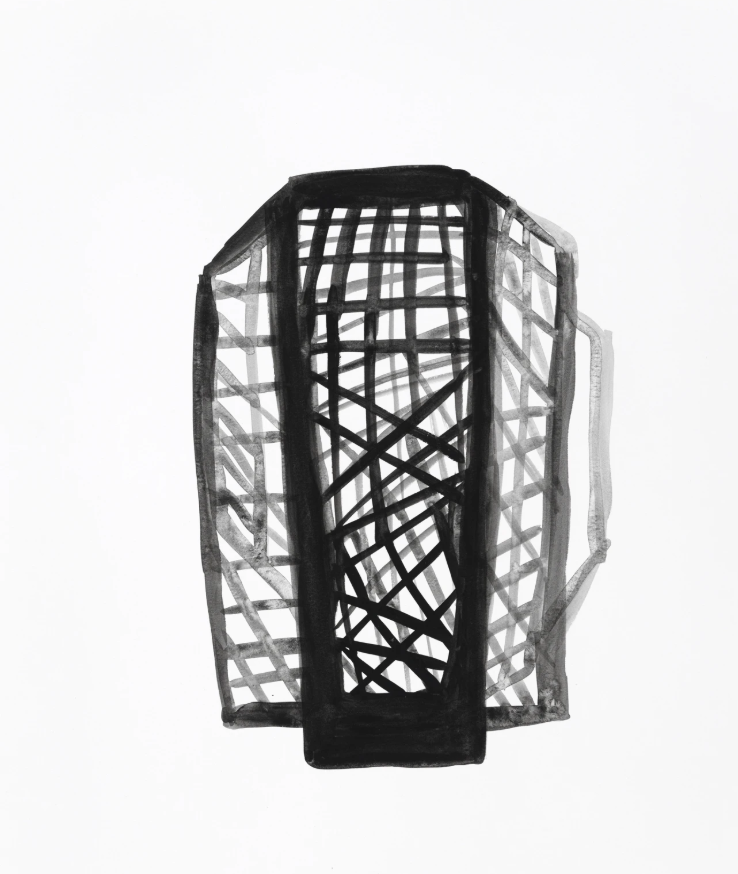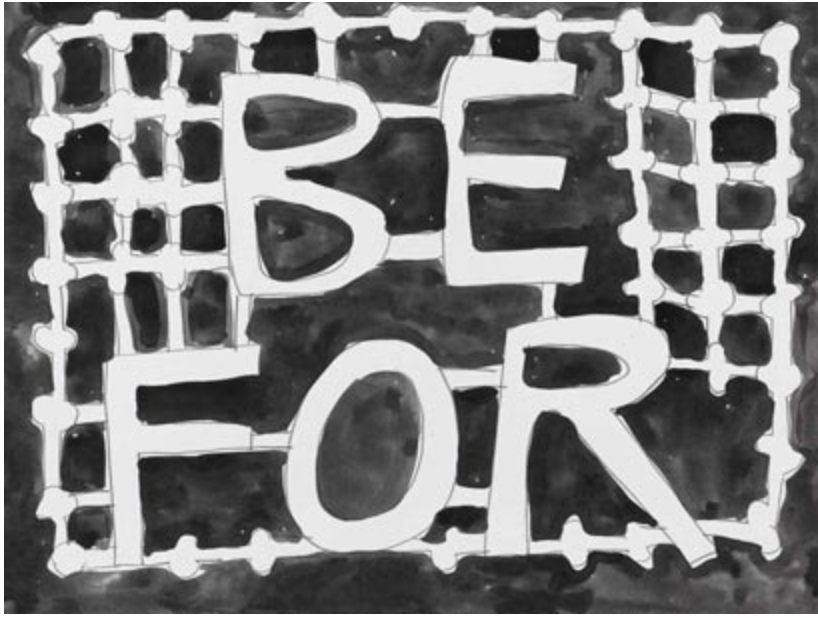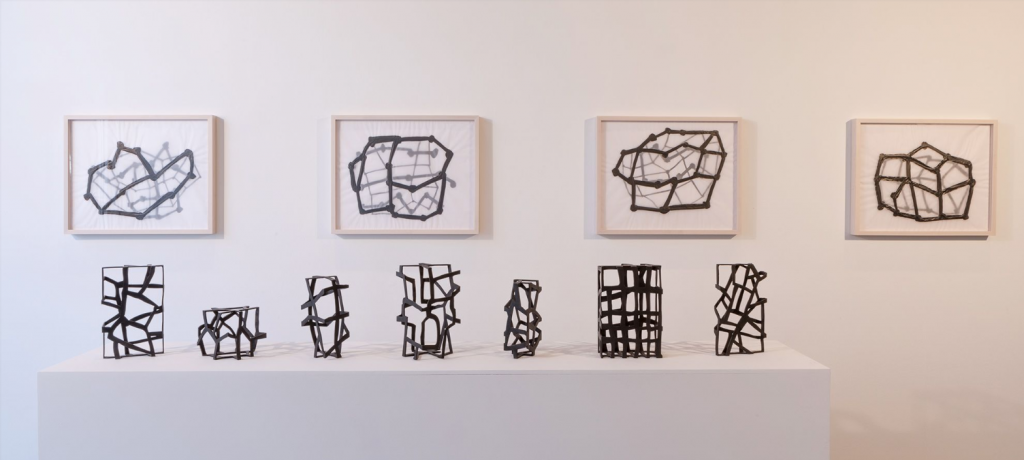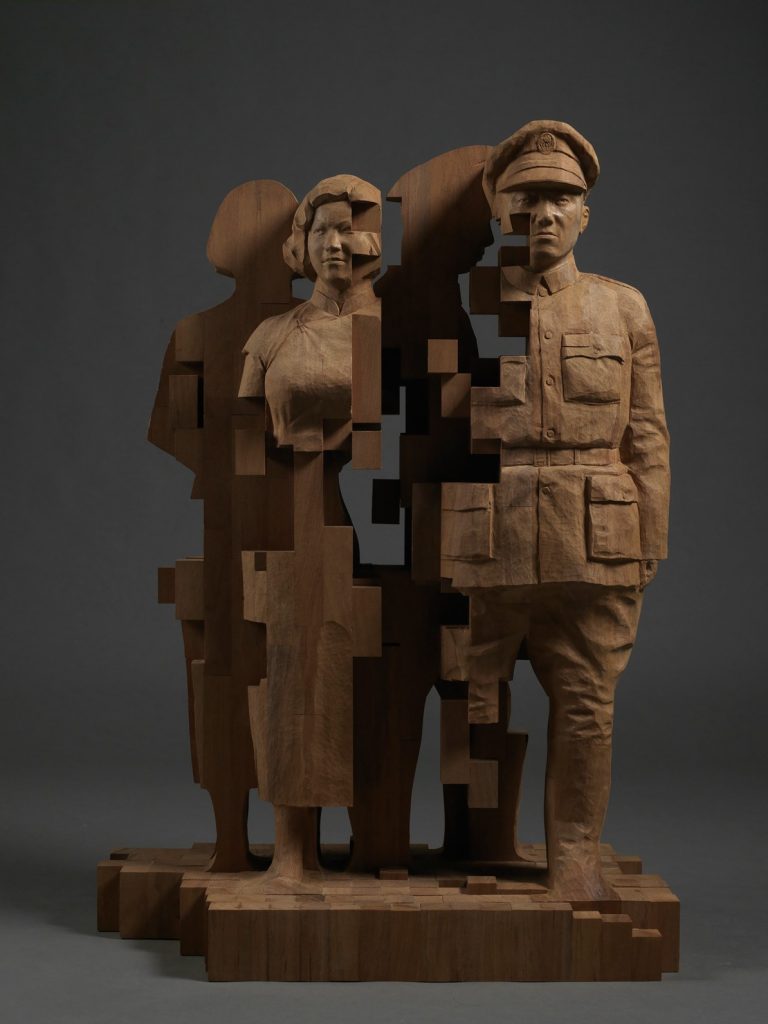
John Jay Cabuay is a New York City illustrator. His work has been seen in many aspects of promotion and art such as newspapers, magazines, and book covers. He has a MFA (Master of Fine Arts) degree which came from the Fashion Institute of Technology. He is also known for the artwork of the widely known book, “”Get Up, Stand Up” which is based on the song by Bob Marley. His graphic design is very illuminating and bold, creating a very beautiful masterpiece of saturation and texture. I found his book cover art amazing because with the book covers, he creates a very appealing image that people can almost tell a story behind. That’s the perfect area of art for a book cover with it being a story inside. He also flourishes in portraits and line art, layering vivid colors alongside bright and bold colors. He uses computer art, mainly photoshop in order to create a more professional and solid look for the pieces. With him being known to participate in many aspects of art, it shows how elusive he is with his talent and how he doesn’t limit himself from just one area in the art field. The reason why I chose John Jay is because him and I have a lot of resemblances when it comes to interest in the artist industry. I want to be able to do art in many different ways, from creating logos, to book covers and even museum paintings. I don’t want to be considered a “book cover artist” or a gesture drawing guru; I want to be known as the artist that goes above and beyond for each task he takes on. I’ve always doodled my own book cover images and wanted to create images that can be viewed by the public on a daily bases and what better way can someone’s art be viewed than being seen in a daily newspaper or top charting books. John Jay’s work is a simple art of beauty.

This picture is an example of Cabuay telling a story within his artwork without going deep into detail. When the viewer sees this picture, they begin to do the same thing the lady in the picture Is seen doing. In the piece, she is seen making a wondering gesture as to what the tanning machine may present to her. Once the viewer sees this, the proper support would be the several dangers of the tanning machine listed alongside the artwork. His artwork tells a story within a story. It creates the perfect coincide.








 Copy of self Portrait After Frans Hals [Public domain]
Copy of self Portrait After Frans Hals [Public domain] Gypsy Girl Frans Hals, 1628-30 [Public domain]
Gypsy Girl Frans Hals, 1628-30 [Public domain] Cavalier Soldier Frans Hals 1624 [Public Domain]
Cavalier Soldier Frans Hals 1624 [Public Domain] Frans_Hals, De Magere Compagnie, 1637 [Public Domain]
Frans_Hals, De Magere Compagnie, 1637 [Public Domain]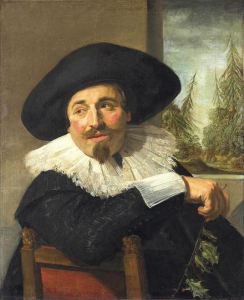 Portrait of Isaac Abrahamsz M assa. 1626 [Public Domain]
Portrait of Isaac Abrahamsz M assa. 1626 [Public Domain] Portrait of Willem Coymans, Frans Hals 1645 [Public Domain]
Portrait of Willem Coymans, Frans Hals 1645 [Public Domain] Portrait of Isaac Massa. 1665 [Public Domain]
Portrait of Isaac Massa. 1665 [Public Domain]


